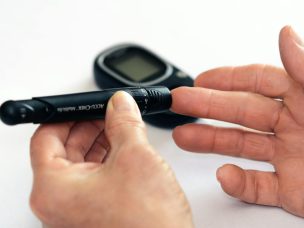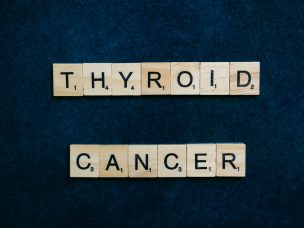In a study published in Medical Care, a team of researchers conducted a thorough racially-stratified analysis of diabetes patients before and after the Affordable Care Act (ACA). The study assessed change in biomarkers for diabetes, including HbA1c and low-density lipoprotein (LDL), over a two-year period before and after the Affordable Care Act.
Of the study participants, 33.5% were non-Hispanic white, 51.2% were Hispanic, and 15.3% were non-Hispanic Black. All participants completed at least one community health center visit during the relevant period. Data were obtained from the Accelerating Data Value Across a National Community Health Center (ADVANCE) clinical data research network.
The analysis was conducted only in states that expanded Medicaid as part of the Affordable Care Act: California, Hawaii, Maryland, Minnesota, New Mexico, Ohio, Oregon, Rhode Island, Washington, and Wisconsin. Linear mixed-effects modeling was used to estimate changes in biomarker outcomes for each group analyzed in the study.
Both non-Hispanic whites and Hispanics who were newly-insured showed an improvement in HbA1c levels, while non-Hispanic Blacks didn’t exhibit an improvement. However, non-Hispanic Blacks who were newly insured did gain the highest rate of controlled HbA1c.
Ultimately, newly-insured Hispanics exhibited the greatest improvement in HbA1c and LDL levels. Although biomarkers pre- and post-ACA varied among groups, the variations were not uniform and appear multifaceted, and no evidence of significant disparities was found. This study confirms the importance of community health centers in the treatment of patients with diabetes across racial groups [1].
Source:
[1] Marino, M., Angier, H., Fankhauser, K., Valenzuela, S., Hoopes, M., Heintzman, J., DeVoe, J., Moreno, L., & Huguet, N. (2020). Disparities in Biomarkers for Patients With Diabetes After the Affordable Care Act. Medical Care, 58, S31–S39. https://doi.org/10.1097/mlr.0000000000001257










